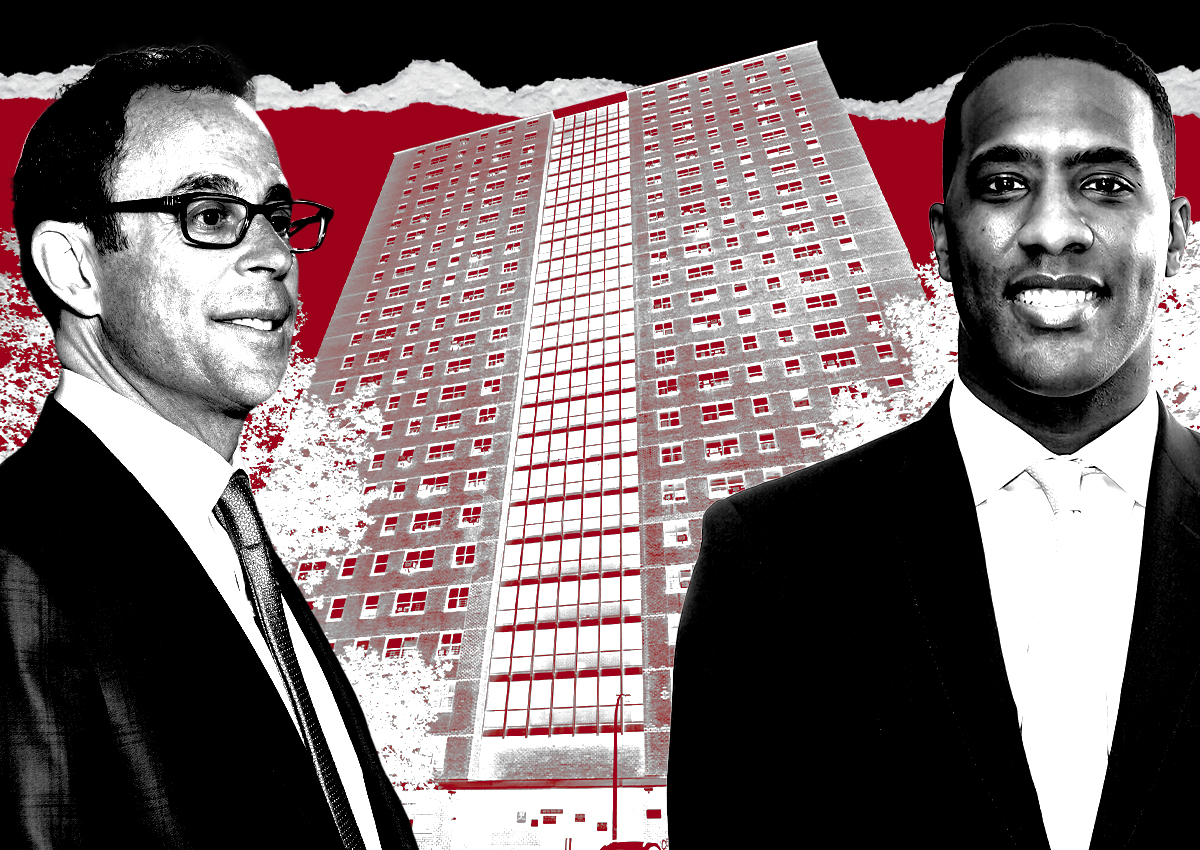This conversation between capitalists and socialists plays out fairly often on social media:
Socialists: The real estate industry will never provide affordable housing. The government must step in and do it!
Capitalists: You mean like NYCHA?
Socialists: [crickets]
Mentioning NYCHA is a conversation-stopper. Even the most liberal citywide elected official, Jumaane Williams, deems the New York City Housing Authority the worst landlord in New York City. Every year.
That’s in part because it has 178,000 aging apartments, but public housing’s problems in New York City are legendary. Its litany of failures could fill textbooks: lead poisoning, mold, heating outages, broken elevators, crime, corruption.
Because of that, people overlook its greatest success.
Indeed, the Housing Authority has been doing something right, but not getting much credit.
That thing is called PACT, which stemmed from RAD. Having two awkward acronyms probably hasn’t helped with publicity, but the real problem is that people never even consider that NYCHA will succeed at anything. A relentless drumbeat of bad news consistently overwhelms the good.
RAD stands for Rental Assistance Demonstration. No one can remember that PACT stands for Permanent Affordability Commitment Together, so I will stick with RAD.
Shaun Donovan came up with it in 2011. Remember him? Policy nerd who ran for mayor? Having the best public service qualifications and the least charisma in the race, Donovan of course got about six votes. That’s politics.
But, thanks to RAD, Donovan might end up helping more New Yorkers than Eric Adams, who crushed him in the Democratic primary.
As Mike Bloomberg’s housing czar and President Obama’s housing secretary and budget director, Donovan knew public housing was falling to pieces in part because its main subsidy, Section 9, was at the mercy of Congress every year. That meant cuts and uncertainty. Switching to Section 8 would provide a far more predictable revenue stream.
That was only half the battle, though. Revenue fed into public housing’s bureaucracy tends to get chewed up. Donovan had to get the private sector involved.
His idea was to switch a public housing site to Section 8 and contract with a private firm for renovations and management. Because Section 8 was reliable, the private firm could borrow against that future revenue stream and use the loan to fix up the complex.
It could also use its own contractors, rather than the NYCHA maintenance staff with their arcane union work rules and motivation-killing job security. Some of those workers are very devoted, but others have done unconscionable things like sign off on lead-paint checks without doing them, so poor kids grew up with the extra disadvantage of being brain-damaged.
NYCHA loved Donovan’s idea, but rather than just implement it, the Housing Authority ran it past tenants.
Opposition popped up faster than rats in a dirt-floor basement. The word “privatization” was tossed around by critics who claimed that billionaire developers would take ownership of public housing, evict residents and bring in market-rate tenants.
None of this was remotely true. Under the RAD law, it was literally impossible.
All that was being privatized was the management, which could only be an improvement. NYCHA had its choice of reputable firms experienced in rehabbing affordable housing (photos of a few of their executives are above). But when I interviewed NYCHA Chair Shola Olatoye at a Crain’s forum in 2016, three dozen protesters led by Lenora Fulani marched outside, chanting, “Hands off NYCHA.”
Hands off? NYCHA was putting its hand out. And Fulani was biting it. Other tenant “leaders” did the same.
When one of NYCHA’s partners, Ron Moelis of L+M Development Partners, explained the program to me, it made perfect sense. He acknowledged that L+M stood to make a healthy return over the 99-year ground lease by operating the housing efficiently, improving cash flow.
But even if L+M earned less than it expected, tenants’ benefits were guaranteed: new building systems, appliances, lobbies, landscaping — the works — and better service for the next century.
That is exactly what they have received wherever RAD — excuse me, PACT — has been tried. But rolling out the program took years because NYCHA gave tenants at each development informal veto power over the program. The authority felt that tenant buy-in was essential, but initially did a poor job of getting it.
As a result, some tenants were taken in by “Dr. Fulani” and her merry band of demonstrators. The damage they did can never be undone. Residents suffered for years before word began to spread that the early projects, beginning with Ocean Bay in Queens, had transformed decrepit campuses.
More tenants began looking at developments that opted in, noticed their shiny refrigerators and working elevators and said, “I want that.” Fulani, now 73, faded into obscurity, her rhetoric exposed as a combination of paranoia and self-aggrandizement.
NYCHA is now moving apartments into the program as fast as it can. About 6,000 units are done, another 13,000 are in renovations and about 19,000 are in pre-development.
Many of the improvements are invisible, such as tighter building envelopes, functional HVAC systems, and modern plumbing and electrical. But residents can feel the difference. For example, the heat doesn’t go out for days in the dead of winter.
The Housing Authority has a long way to go. Its latest physical needs assessment estimated that $78 billion worth of work is needed. But it finally has a viable path to follow.
Read more



